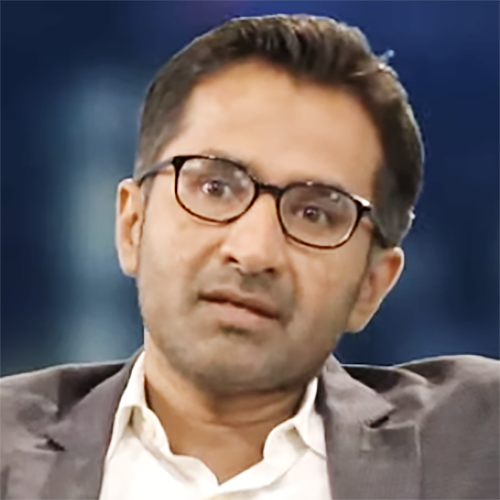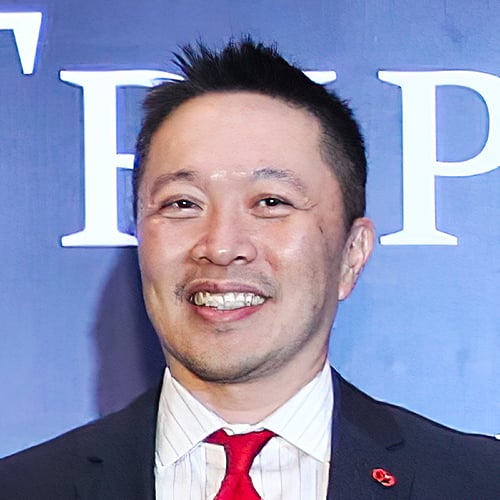
Vineyards across the world are witnessing the worsening impact of global warming on grape yield and wine quality.
A recent Nature report points out that 90% of traditional wine regions in the coastal and lowland areas of Spain, Italy, Greece, and southern California could be at risk of disappearing by the end of the century because of excessive drought and more frequent heatwaves.
For Australia-based Treasury Wine Estates (TWE), one of the world’s leading wine makers, sustainability is a key differentiator for its popular brands including Penfold, Lindeman’s, and Wolf Blass.
In a one-on-one with The Asset, Michael Parks, global director of sustainability at Australian winemaker Treasury Wine Estates (TWE), shares how the company is strengthening its sustainability practice to adapt to climate change.
Climate risk
The value chain of winemaking starts with grapes in the vineyards, where climate change poses a material risk. Changes in vineyard circumstances, such as temperature, precipitation, humidity, and radiation, directly affect the ripening cycle and quality of grapes.
Grapes used by TWE come from vineyards in Australia, California, New Zealand, Italy, France, and China through a combination of direct ownership, leasing, grower contracts, and third-party supplies. For TWE, diversified sourcing limits vintage and price variation risks. However, it still cannot hedge much of the climate risk.
To maintain favourable conditions in the vineyards and ensure the output of grapes remains uncompromised, TWE is partnering with climate scientists to model various climate risks, including physical and transition risks, to increase its climate adaptability and resilience. “We have invested over the past two to three years to build understanding and really focus on the viticultural side of our business because that's the most exposed. And so we've got our own climate risk model, and that leverages a number of global climate models and data sets.”
While climate change is a global issue, the locality of climate circumstances is a pertinent issue for TWE as it sources grapes from different locations. “Local factors such as topography and elevation and the particular microclimates are really important for us to make investment decisions,” Parks says. “We have to adapt to the climate to continuously make good quality grapes into the future.”
Water
Breaking down the climate issues into small and actionable parts, TWE identifies water usage as a material issue for its business and community stakeholders. A study conducted by the company finds that around 97% of the company’s water usage occurs in vineyards. Therefore, practices like smart irrigation, on-site water recycling, as well as the upgrade and maintenance of irrigation infrastructures are identified as priorities for improvement to deliver the desired yield and quality. In the meantime, to improve water catchment, the company invested US$165 million in building a 254-megalitre dam in one of its vineyards in Barossa, Southern Australia, which will help to increase water security and efficiency at the site.
Renewables
Aside from optimizing water usage, TWE also considers increasing the use of renewable energy as a low-hanging fruit that will have a strong impact on its sustainability journey. As of last year, as disclosed in its sustainability report, renewables accounted for 19.9% of energy use in its global operations.
The aim is to boost the share of renewables to 100% by 2024. Bridging the 80% gap within one year appears a bit too ambitious, if not impossible. But Parks is adamant it can be achieved.
This can be done through such means as installing solar panels, buying green energy certificates, and reducing the overall energy demand. “With these approaches working together, we can get to the 100% by the end of this calendar year,” Parks asserts.
Sustainable finance
The sustainability initiatives at TWE are backed by sustainable financial instruments. Back in 2021, TWE transitioned a total of A$1.4 billion (US$949 million) of debt into a sustainability-linked loan (SLL), which was one of the largest SLLs in Asia-Pacific, and the first for a wine company in the region.
Parks underscores the incentive mechanism embedded in the SLLs. “Structurally, the SLL has been arranged in a way that the sustainability performance targets will roll on and will roll off,” he says. “Once we completed the existing targets, we would have new targets to replace the old ones.”
In fact, shortly before the interview with Parks, the size of the company’s SLL grew to A$1.7 billion, reflecting the strong commitment of TWE and its banking partners to sustainability. “[SLL] is a really nice way to integrate people's decision-making on investment and reduce the cost of capital,” Parks observes. “As we get closer to 2030, the [SLL] market will probably only get bigger, with higher standards such as having science-based targets.”









